Extraordinary lives: 18 notable New York Jews who died in 2022
May their memories be for a blessing

Clockwise, from left: Author Lori Zabar, artist Philip Pearlstein, war hero Maximilian Lerner, grandmother Barbara Roaman, musician Sarah Schlesinger and camp director Chave Hecht. (Collage by Mollie Suss)
(New York Jewish Week) — Recalling the lives of what obituary writer Marilyn Johnson has called the “important dead” is one of the honors and pleasures of reading — and writing — daily journalism. Jewish tradition teaches that every life is of infinite value, but many people make their marks in ways that inspire readers to pause and ponder on the sheer variety of human endeavor.
In the case of the New York Jewish Week, we’ve been honored to remember those who died in 2022 and whose lives represent the diversity of Jewish experience and what it means to be a New Yorker. Below, we recall 18 Jewish New Yorkers whose contributions to religion, the arts, communal life, popular entertainment, public affairs or just their loving families were either the subject of an obituary that we had written, or who came to our attention thanks to their friends and relatives. May their memories be for a blessing.
David Henoch
Recent high school graduate who died doing what he loved.

The tight-knit Modern Orthodox community in the Bronx, where David Henoch grew up and attended the SAR Jewish day schools, remembered him as a curious, sensitive and empathetic leader among his peers, with a deep sense of humor and excitement for many different areas of life. Friends and family described “Divi” as an avid adventurer whose favorite activities — many of which he loved to do with his father Avi — included snowboarding, sailing and basketball. He was a certified scuba diver who died at 18 July 10 in a diving accident in Florida, a month after his graduation from SAR High School. He was buried in Israel, where he had planned to spend a year studying before going to college. “Divi always challenged me to improve. He was open to anyone and everyone’s ways no matter how mild or extreme,” a friend, neighbor and classmate recalled, adding, “He was as fearless as it gets and never once was he afraid to be himself.”
Michael Lang
A promoter behind the 1969 Woodstock festival.

Michael Lang, the Jewish co-creator of 1969’s legendary Woodstock Music and Art Fair, died on Jan. 8 in Manhattan. He was 77. A concert promoter who was just 24 at the time, he was one of several Jewish collaborators who made the generation-defining festival, billed as “Three Days of Peace and Music,” happen. Other key players included music executive and promoter Artie Kornfeld — another Brooklyn-born Jew — and businessman Joel Rosenman, a Jewish native of Long Island. Lang was born in 1944 in Bensonhurst, Brooklyn. Lang credited his Jewish parents, who were small-business owners, with teaching him the skills he needed to pull off an event of such scale. His father, he said, “gave me a strategy for getting out of tough situations: take charge and keep moving. Step back just enough to think clearly, and trust your instincts.”
Edward Schoenfeld
A Brooklyn-born maven of Chinese cuisine.

Like a lot of Jews growing up in Brooklyn, Edward Schoenfeld learned to love Chinese food. He made it a career, opening a series of famed restaurants that introduced New Yorkers to the wide variety of Chinese cuisine. In 1973, he got his first restaurant job as assistant to restaurateur David Keh when he opened Uncle Tai’s, one of the first Hunan restaurants in New York. He went on to a career developing and running restaurants over some four decades. Among his well-regarded Chinese restaurants were Auntie Yuan and Pig Heaven, both on the Upper East Side, as well as Red Farm, a farm-to-table restaurant in Greenwich Village, which opened in 2010. “My personal joke is that I learned to speak Yiddish in the Chinese restaurant from my customers,” he told the Jewish Telegraphic Agency in 2013. Schoenfeld died Jan. 14 at 72.
Lori Zabar
A lawyer and activist devoted to landmarks — including her family’s gourmet food emporium.

Lori Zabar, a lawyer, author, antiques dealer and historic preservationist whose grandparents founded Zabar’s, the Upper West Side gourmet food emporium, died Feb. 3 the age of 67. The cause of death was cancer. The first director of the NYC Historic Properties Fund at the New York Landmarks Conservancy, she died shortly before the publication of “Zabar’s: A Family Story, with Recipes” in May. In an excerpt from her book published in the New York Jewish Week, she wrote about the perfectionism of her grandfather Louis when he opened the first reiteration of what became the famed “appy” store and a landmark in its own right: “For this new venture, Louis would sample deli meats and fish from various purveyors before he would commit to doing business with those suppliers. To taste fish, Louis would tour dozens of local smokehouses, large and small, mostly in Brooklyn and Queens. He was notorious among the wholesalers for rejecting more than he accepted. His retail mantra was simple: the highest quality at the lowest price.”
Sheldon Silver
A powerful politician undone by a corruption scandal.

Sheldon Silver, who for two decades wielded enormous power as the speaker of the New York State Assembly before being brought down by a corruption scandal, died Jan. 24 at 77 at Otisville Correctional Facility in upstate New York, where he had been serving a 6 1/2-year sentence on federal corruption charges. An Orthodox Jew and Democrat who represented New York’s Lower East Side, Silver was one of the most influential political leaders in the state, using the power of his office to guide legislation and stall opposition even when, for 12 years, Republican George Pataki was governor and Republicans held a majority in the state Senate. Silver’s arrest and conviction sent shock waves through New York’s Jewish establishment. “Shelly Silver was one of the strongest forces for progressive issues in the New York State Legislature,” Assemblyman Richard Gottfried, a Jewish Democrat from Manhattan, told the New York Times. “It’s a tragedy that those achievements have been overshadowed by his criminal record.”
Pinchas Stolper
A leader of the Orthodox Union and its powerhouse youth movement.
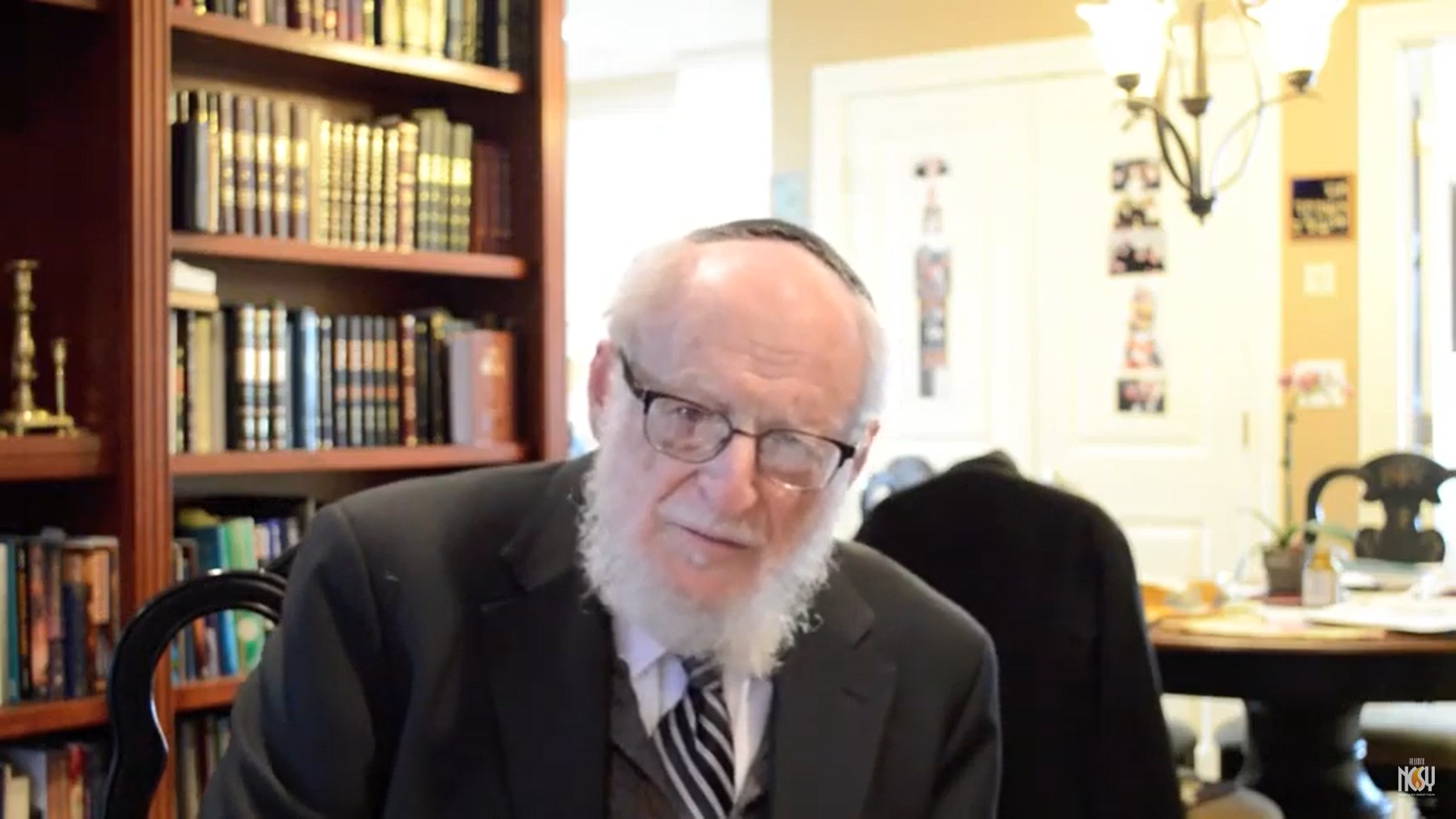
Rabbi Pinchas Stolper, a pioneer in making Orthodox Judaism accessible to young people, died on May 25 at 90. Stolper helped turn the National Council of Synagogue Youth into a national powerhouse. He served as the first full-time national director of NCSY and as the longest-serving executive vice president of the Orthodox Union, and wrote a series of books making the holidays and Shabbat more accessible to younger readers. He retired from the leadership of the Orthodox Union in 2000, the same year that a rabbi under his supervision. Baruch Lanner, was accused of years of sexual and physical abuse. In the first report about the scandal, he told the New York Jewish Week that he had heard several complaints from young women about improper behavior by Lanner, but lacking specific allegations, let the youth leader off with a warning.
Miriam Winiarz
A Staten Island widow who was devoted to outreach.

Miriam Winiarz lived through the unthinkable: In 2015, her husband Dovid Winiarz died in a Maryland car crash, leaving the Staten Island mother alone to raise their 10 children. And yet, after losing her husband, she remained a pillar in the borough’s Jewish community, Mendy Mirocznik, president of the Council of Jewish Organizations of Staten Island, told silive.com. She continued the kiruv, or outreach work that she and her husband had conducted before his death, bringing other Jews closer to their tradition through social media and through his rabbinate. “This was somebody who, when they got wind of the situation, somebody had a problem, they would interrupt their own lives and make you a priority,” said Mirocznik. Miriam Winiarz died in early December at the age of 56 after what was described as a brief illness. Her funeral at Young Israel of Staten Island in Willowbrook drew more than a thousand people. A fund has been set up to support her children, the youngest of whom is 14.
Philip Pearlstein
Modern realist painter and champion of Jewish art.
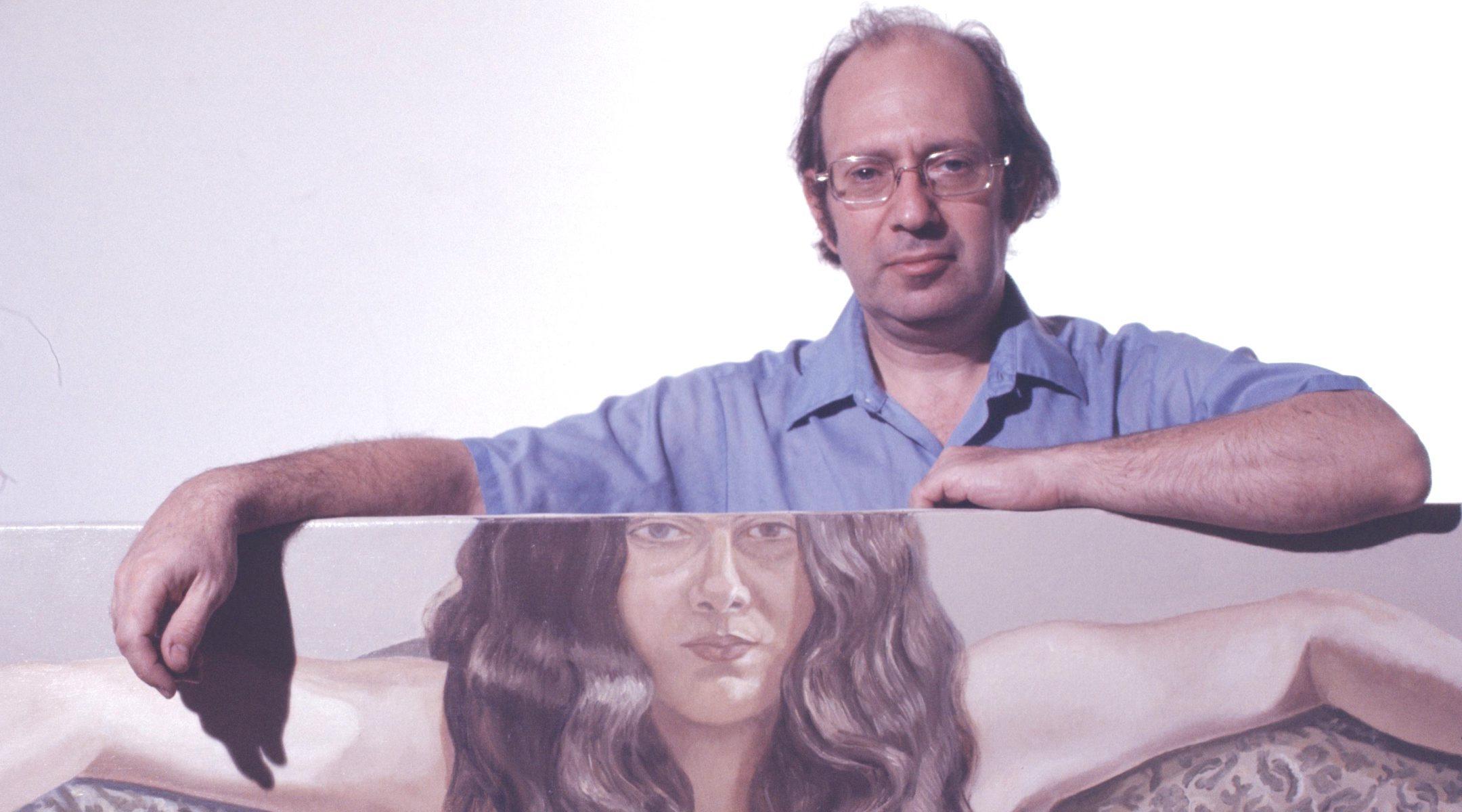
Philip Pearlstein, an artist whose painting of nudes revived realistic painting after decades of dominance by abstraction, died in Manhattan on Dec. 17 at age 98. Born in Pittsburgh, he moved to Manhattan in 1949 as a sort of chaperone to a young Andy Warhol. He became an instructor at the Pratt Institute, and taught at Brooklyn College from 1963 until his retirement in 1988. Pearlstein served on the board of the Covenant Foundation in the early 2000s, and , according to Judith Ginsberg, former executive director of the foundation, opened the board to funding Jewish art in a bigger way and promoting the artists Debbie Friedman, Liz Lerman and Liz Swados.
Barbara Roaman
A grandma with a keen fashion sense and commitment to social justice

Barbara “Bobby” Roaman, who died on Nov. 6 at 91, was born in Manhattan and lived on the Upper West Side as a child. After attending Syracuse University and Columbia University, where she majored in Spanish, she moved to Long Island with her husband, Richard. In a eulogy shared with the New York Jewish Week, her granddaughter, Sandy Fox — an editor at In geveb: A Journal of Yiddish Studies — remembered both her sense of fashion and her work in the civil rights movement on Long Island:
“Our conversations as a child instilled in me much more than a love of clothing. She taught me values of social justice and tzedakah, or what she would have called charitable giving, and because she wasn’t at all religious, those were the pillars of her Judaism. She and my grandfather were born in the late 1920s and early 1930s. They were upwardly mobile and privileged. In their class status and whiteness, they had blind spots when it came to race. Nevertheless, their commitments to social justice and civil rights were inspiring to me as a child and teen. They were involved in attempts to desegregate Long Island in the 1950s and 1960s. In more recent years, grandma had become involved in a local group called ERASE Racism, and donated to many non-profits that I also care about: Planned Parenthood, Democratic campaigns of all kinds, American Jewish World Service, and so on. It would have been so easy for them to become Republicans, as many Jews in their generation did. But they didn’t…. My mom died when I was 18, and from then on we tried to bridge that cavernous loss that affected us so differently but both so profoundly. She could not replace my mother and I could not replace her daughter, but we came pretty damn close. I sensed that she poured into me everything she wished she had poured into my mother.”
René Slotkin
A survivor of Mengele’s sadistic experiments on twins.

René Slotkin, who with his twin sister Renate (Irene) was subjected to Josef Mengele’s infamous medical experiments on twins, died July 10 at age 84. Born in Teplice-Sanov, a city in northern Bohemia, he and his sister were sent, at 4, with their mother, to Theresienstadt. After a year, the three were shipped to Auschwitz. Then they were split up, the children becoming part of the infamous medical experiments conducted by Mengele, the sadistic “Angel of Death.” Orphaned, Slotkin and his sister survived a death march and arrived in New York in 1950. He was married at a young age and, after serving as a sergeant in the U.S. National Guard, worked for a box manufacturing company as a cost estimator. In 2019, he joined the Speakers Bureau at the Museum of Jewish Heritage, sharing his testimony with students. “I am here because of good people, good people everywhere,” he told the museum in an interview.
Sarah Schlesinger
A force in musical theater education.

Sarah Schlesinger was an award-winning lyricist and librettist whose works, with composer Mike Reid, included “The Ballad of Little Jo,” “The Last Day,” “Casanova Returns,” “Prairie Songs,” “A Wind in the Willows Christmas” and “In This House.” But her most lasting legacy may well be the composers and lyricists she mentored as an arts professor and dean at the Graduate Musical Theatre Writing Program at New York University’s Tisch School of the Arts. She joined the program in 1989, served as associate chair of the department from 1995 to 1997, and was named chair in 1998. “Under her leadership, the program produced a huge, international alumni network of artists who are at the forefront of every facet of musical theatre activity: as creators, teachers, scholars and business leaders,” the program said in a statement. “Her insight, razor-sharp mind and her ability to get things done and to identify and encourage faculty, students and alums was frankly staggering in its longevity and reach. Sarah was a force that could make things happen.” Schlesinger died Dec. 14 following an illness.
Menahem Schmelzer
The ‘go-to’ librarian at the Jewish Theological Seminary.

In 1966, after a fire gutted the library at the Jewish Theological Seminary in Manhattan, Menahem Schmelzer led what the flagship Conservative seminary said in a statement was “the extraordinary effort to reopen it, restore it to health, and ultimately open a new Library building in 1983.” When he stepped down as its longtime librarian in 1987, he had watched over the resuscitation of perhaps the greatest collection of Judaica in the Western Hemisphere. Schmelzer, who spent four decades at JTS, also served as provost and held the title of Albert B. and Bernice Cohen Professor Emeritus of Medieval Hebrew Literature and Jewish Bibliography. A Holocaust survivor who was born in Hungary, Schmelzer was also a scholar in his own right, specializing in medieval Hebrew literature and the Jewish liturgical poetry known as piyyut. David Kraemer, the Joseph J. and Dora Abbell Librarian at JTS, remembered his colleague as “the ‘go-to’ person on questions of Jewish bibliography for researchers around the world.” He died on Dec. 10 at his home in Manhattan. He was 88.
Steven Salen
Holocaust survivor who dressed presidents

Born Zoltan Salomon in Czechoslovakia in 1919, Steven Salen first learned tailoring at a trade school run there by the American Jewish Joint Distribution Committee. Then the Nazis arrived and they deported Salen. He never saw his parents or seven of his 11 siblings again. But he stuck with his trade, establishing himself after arriving in New York City as a tailor to the elite, making garments for the likes of Richard Nixon, Henry Kissinger and Martin Scorsese (and keeping mementoes of their business at his Bayside home). Salen was an old-school, word-of-mouth tailor who started working at FL Dunn on Fifth Avenue in New York, and eventually had his own full-floor atelier on Madison Avenue and 53rd Street, at the heart of the city’s high-fashion district. In 2011, when Salen already topped 90, a New York style blog profiled his shop, noting that it was one of fewer than 30 bespoke tailors in a city that had once been home to more than 300. Salen would work until 95 before retiring; he died Nov. 23 at 103.
Maximilian Lerner
A World War II “Ritchie Boy” who went undercover behind German lines.
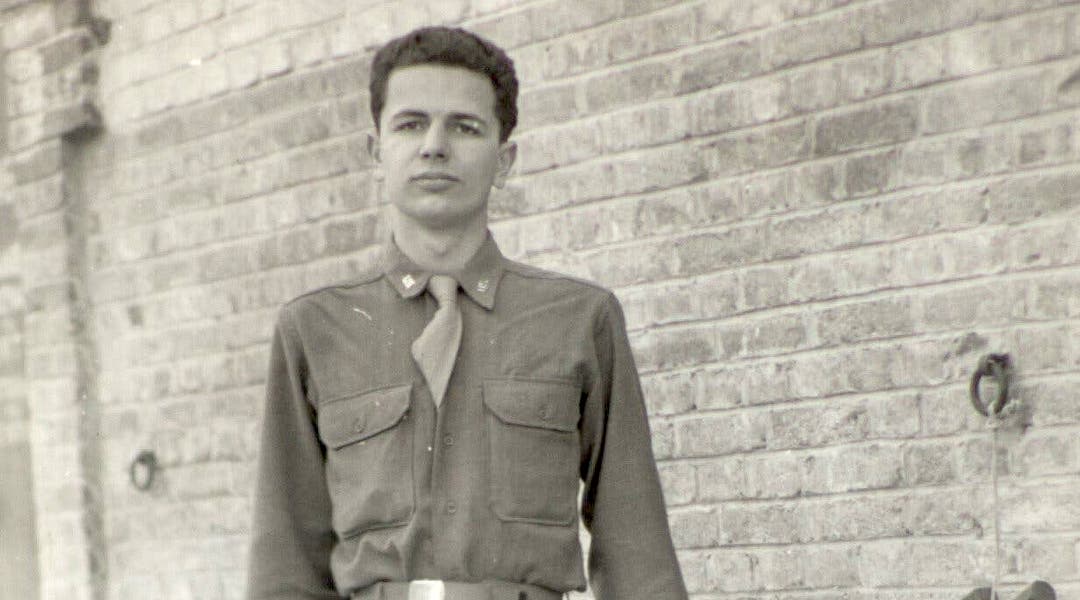
Maximilian Lerner, an Austrian Jewish immigrant, served as a translator and interrogated prisoners on behalf of U.S. intelligence during World War II as a member of the “Ritchie Boys,” a special unit trained in espionage and frontline interrogation. He died Sept. 10 at his home in Manhattan at age 98. Lerner left Austria with his family two months after Germany’s March 1938 annexation of his homeland and, after layovers in Paris and Nice, came to the U.S., via Lisbon, in 1941. After volunteering for the draft, he became one of the 2,000 to 3,000 European-born Jews who learned to interrogate prisoners of war and civilians, interpret and translate for foreign officials, and read codes. “I wore civilian clothes”— posing as German behind enemy lines – “a number of times,” he told the New York Jewish Week in 2004. “This was my war. I would do whatever it took.” After the war, her worked for a horticultural products business and later started his own business in the same field. He also earned a master’s degree in business education from Teachers College at Columbia University in 1952, and wrote two spy novels and an autobiography. In recent years Lerner volunteered at the Museum of Jewish Heritage in Manhattan, talking to groups about his experiences.
Chave Hecht
A camp director devoted to Jewish outreach.

Rebbetzin Chave Hecht, the founder of Camp Emunah Bnos Yaakov Yehudah — an overnight camp for observant Jewish girls — and a host of other educational initiatives originating in the Chabad-Lubavitch community, died Feb. 8 at the age of 95. Born in the East New York section of Brooklyn and educated at public schools, she, along with her husband, the late Rabbi J.J. Hecht, also directed a Jewish summer day camp on Coney Island for public school children, pioneering Chabad’s outreach to non-observant Jewish families. Rebbetzin Hecht ran the day-to-day operations of Camp Emunah for decades, when her husband was back in Brooklyn running his synagogue. “She slept in her office,” her son, Rabbi Sholem Ber Hecht, a Chabad emissary in Queens, told Chabad.org. “She had no secretary; if you called the camp at 7 a.m. or 10 p.m., she answered the phone.”
Frederick Terna
Survivor, Brooklyn artist and “someone to watch” late into his 90s.
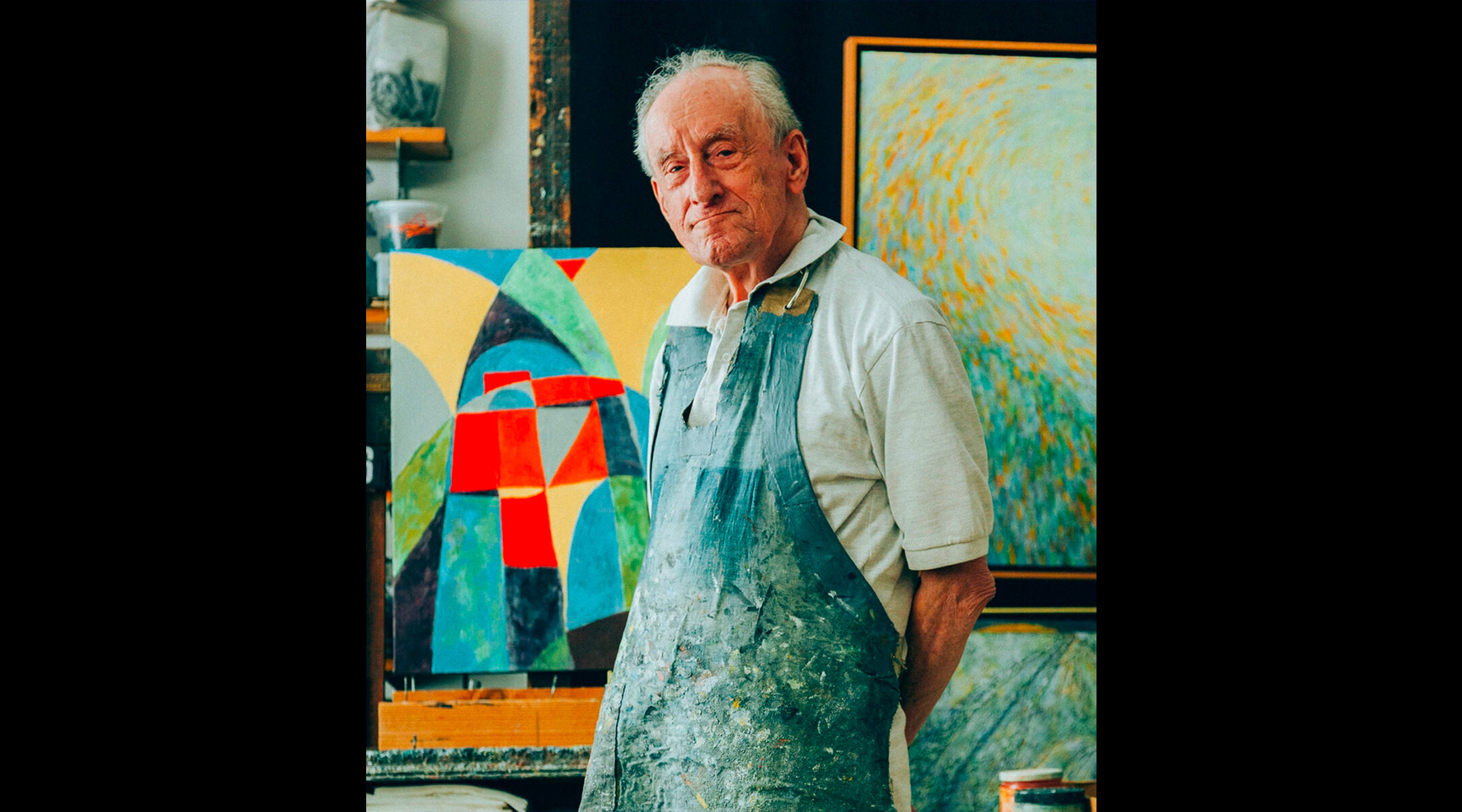
Holocaust survivor and painter Frederick Terna, who remained active at his Brooklyn studio into his late 90s, died on Dec. 8 at 99. Born in Vienna and raised in Prague, he was imprisoned in four Nazi concentration camps, including Terezin, where he began to make art. Terna moved to New York in 1952; his work was collected by a variety of museums and institutions, including the Smithsonian Institution in Washington, D.C., the Albertina Collection in Vienna and Yad Vashem in Jerusalem. Earlier this year he was named to the New York Jewish Week’s “36 to Watch” list of notable Jewish New Yorkers.
Saida Somekh
Immigrant, entrepreneur and loving grandmother.

Saida Somekh, who owned Dora Hosiery, a go-to lingerie shop in Midtown Manhattan for decades, died Nov. 5. She was 94. Her granddaughter, Erin Dana Lichy, a real estate agent and a new cast member on “The Real Housewives of New York,” remembered her in an Instagram post:
“She came from a different world, married very young and was expected to raise a family as a stay-at-home mom with little choice in her major life decisions. Well, that didn’t work for her, so she forged her own path. As a young immigrant with little practice in English, she became a female homeowner, businesswoman and successful entrepreneur…. As a grandmother, she was simply always there, like one’s backbone. She was a pillar of strength. Her presence made me feel safe and warm. She loved purely, deeply and didn’t pass judgment. She was patient. If I ever needed to fix a garment or didn’t have something to wear, she’d sew me something from scratch, however long it took. She was warm to my friends and anyone close to me. She would send us home with bags of food and cook with me for hours if I wanted to learn new a new dish. All I had to do was ask. My kids adored her and she them. They brought her so much joy and watching how prideful she was of them was heartwarming. She had pictures of us all around her house just so she could look at ‘her babies’ every morning when she woke up.”
Freddie Roman
Catskills comedian and keeper of the flame.
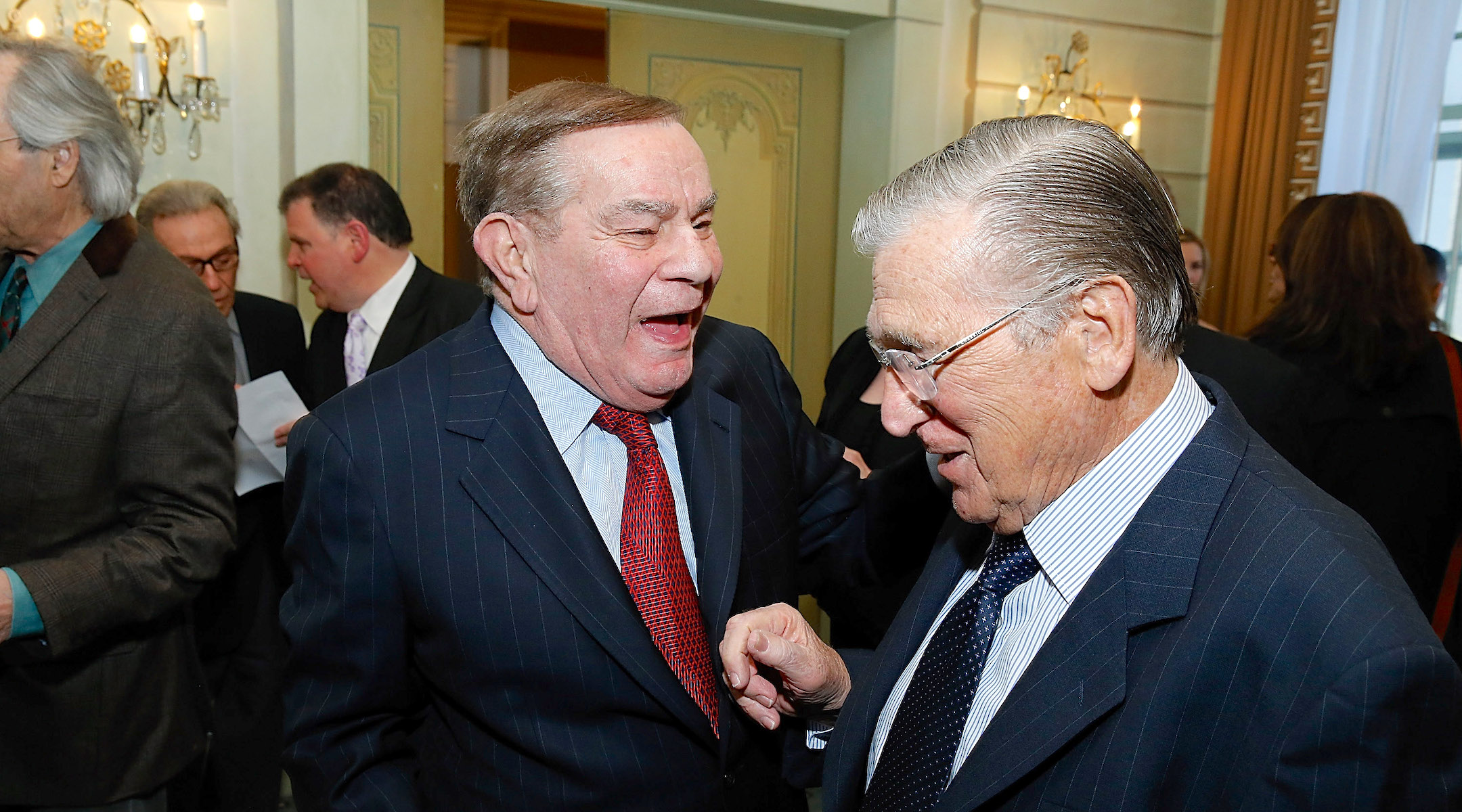
Comedian Freddie Roman, who died Nov. at 85, was never a crossover star in the mold of Alan King, Jackie Mason or Joan Rivers — three other Jewish comics with roots in the Catskills. And yet in a capstone to a long and steady career he resurrected the spirit of the Borscht Belt with the 1991 show “Catskills on Broadway” and, as the long-serving dean of the Friars Club, he injected new life into the fading Manhattan showbiz venue by inviting younger comics to join. Born Fred Kirschenbaum in Newark, New Jersey, and raised in Jamaica, Queens, Roman started emceeing at age 15 at the the Crystal Spring Hotel in the Catskills, which was owned by his uncle and grandfather. He soon was performing at hotels and resorts in the region for the largely Jewish crowd. “Catskills on Broadway,” starring him and fellow tummlers Dick Capri, Marilyn Michaels and Mal Z. Lawrence, was a bona fide hit, running for 453 performances. “I’m like the Fidel Castro of comedians,” he once said of his tenure at the Friar’s Club. “I’m president for life.”
This article originally appeared on JTA.org.
A message from our Publisher & CEO Rachel Fishman Feddersen

I hope you appreciated this article. Before you go, I’d like to ask you to please support the Forward’s award-winning, nonprofit journalism so that we can be prepared for whatever news 2025 brings.
At a time when other newsrooms are closing or cutting back, the Forward has removed its paywall and invested additional resources to report on the ground from Israel and around the U.S. on the impact of the war, rising antisemitism and polarized discourse.
Readers like you make it all possible. Support our work by becoming a Forward Member and connect with our journalism and your community.
— Rachel Fishman Feddersen, Publisher and CEO





























